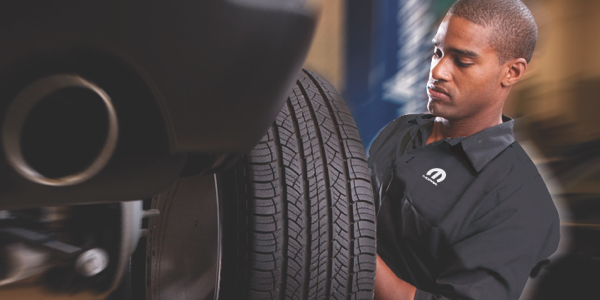Tire Repair Myths Debunked: Separating Fact From Fiction
In the realm of automobile upkeep, tire fixing holds a considerable location, yet it is frequently shrouded in myths and false impressions that can lead to complication for vehicle proprietors (morris tire). From the misconceptions bordering patching versus plugging a punctured tire to the performance of different tire sealers, there are several vital areas where quality is required to make informed choices.
Typical Tire Fixing Misconceptions
Eliminating common misconceptions surrounding tire fixing is vital for preserving roadway safety and extending the durability of your vehicle's tires. It is necessary to recognize that not all punctures are created equal; while some might without a doubt require a tire replacement, the majority can be safely repaired.
Another mistaken belief is the concept that a do it yourself tire repair work set is an adequate remedy for all tire concerns. While these packages can be convenient for short-lived solutions in emergency situations, they are not an irreversible solution and might not resolve the underlying trouble (discount tires morris il). Seeking the competence of a qualified tire technician is always recommended to make certain the safety and security and honesty of the tire

Can You Repair a Punctured Tire?
Fixing a pierced tire is a typical practice in the vehicle industry, commonly carried out by professional specialists adhering to certain guidelines and requirements. Punctures located on the step location of the tire are normally repairable as long as they are tire tracks morris il within a certain size limit and do not influence the tire's architectural stability.
It is very important to note that punctures near the sidewall or shoulder of the tire are generally not repairable as a result of security issues. Such areas undertake considerable tension and flexing, making repairs unstable and potentially harmful. Furthermore, if the puncture is also big, exceeding the advised repairable size, or if the tire shows indications of internal damages, it is much safer to change the tire entirely.
The Truth Concerning Patching Vs. Plugging
When considering the repair service of a pierced tire, comprehending the distinctions in between patching and plugging is vital for making educated decisions pertaining to tire maintenance and security. Covering involves repairing the tire from the inside, where a patch is applied to cover the slit.
Myth: All Tire Sealants Are Efficient

When picking a tire sealant, consider factors such as the dimension of punctures it can properly fix, compatibility with tire pressure monitoring systems (TPMS), and whether it is secure for the tire material. Reviewing reviews and looking for suggestions from experts can assist you make an educated decision. Furthermore, normal upkeep and prompt substitute of sealant can assist guarantee optimal performance. Keep in mind, while tire sealers can be advantageous in emergency situations, they are not a replacement for appropriate tire care and maintenance.
Finest Practices for Handling Apartment Tires
In light of the varying effectiveness of tire sealers, understanding best practices for taking care of level tires is essential for maintaining road safety and security and vehicle efficiency. Loosen the lug nuts, increase the car with the jack, get rid of the lug nuts and level tire, and replace it with the spare tire. Stow away the flat tire, tools, and equipment, and remember to check the spare tire's pressure occasionally.
Verdict
Finally, it is essential to separate truth from fiction when it involves tire repair service misconceptions. Comprehending the reality concerning patching vs. connecting, the effectiveness of tire sealers, and ideal methods for dealing with level tires can aid make sure the security and longevity of your tires. By disproving usual misunderstandings and complying with appropriate repair standards, you can make informed choices when it comes to maintaining the health and wellness of your car's tires.